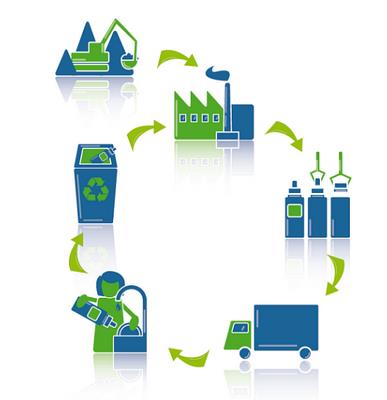About EU Ecolabel
EU Ecolabel is the official European environmental label and is recognised by all European Union countries, plus Norway, Iceland, and Liechtenstein. The label imposes sustainability requirements on the entire lifecycle of products and services.
Displaying the EU Ecolabel indicates that the product or service has a reduced negative impact on the environment, public health, the climate, and natural resources. Only those products and services that satisfy strict requirements can receive the label. For producers and suppliers, the EU Ecolabel is reliable proof of a more environmentally friendly product or service. It helps consumers to make more sustainable choices.
The label was introduced in 1992. Since then, more than 1,700 products and services have been certified with the label in the Netherlands, including cleaning agents, paper, clothing, shoes, appliances, DIY and construction materials (including paint), tourist accommodation, and cosmetics.
SMK: Competent Body
Since the establishment of the EU Ecolabel, SMK has been the competent body for the label in the Netherlands. This means that SMK issues EU Ecolabel certificates to products and services on behalf of the government of the Netherlands.
Read more about SMK
Requirements
One of the strengths of the EU Ecolabel is the fact that the requirements extend over the entire lifecycle of the product. This starts with the raw materials and continues through production and packaging, distribution, use, and ultimately ends with the phase at the end of the product’s service life, when the product is disposed of or recycled.
For each product group, it is decided which lifecycle phase has the greatest impact on the environment. Criteria are then drawn up to minimise that impact. As an example, textile has an environmental impact if it is painted, printed, or bleached. Consequently, the criteria for textiles are designed to ensure that damage during the production phase is kept to a minimum. In the case of electronic products, the criteria are concerned primarily with the efficiency of their energy consumption, as that is where the environmental impact is greatest. The requirements for each product group differ widely.
Only the most environmentally friendly products can receive the label. The requirements have been defined in such a way that only 10 – 20 per cent of products on the EU market can receive the EU Ecolabel. The criteria are transparent in their development and are reviewed by a group of experts and stakeholders, including academics, NGOs, consumer associations, industry organisations, SMEs, and brokers.
Reliable, transparent, and inspected
The EU Ecolabel is an ISO type I label and operates in accordance with ISO standard 14024. Reliable environmental labels that satisfy the standard promote more sustainable purchasing behavior. The criteria for the EU Ecolabel are developed at European level on the basis of scientific research and extensive consultation rounds by stakeholders and consultation of the European Union Ecolabelling Board (EUEB). This board is composed of representatives of industry and trade and financial, environmental, and consumer organizations and the national competent bodies – in the Netherlands, the competent body is SMK. The criteria are laid down in the form of a Commission Decision following approval by the European Commission and only with a majority vote in favor by the Member States.
Products and services with the label
The following is an overview of all product groups and services to which this independent label is available. See a complete overview using the official productcatalogue or click on the image below.


